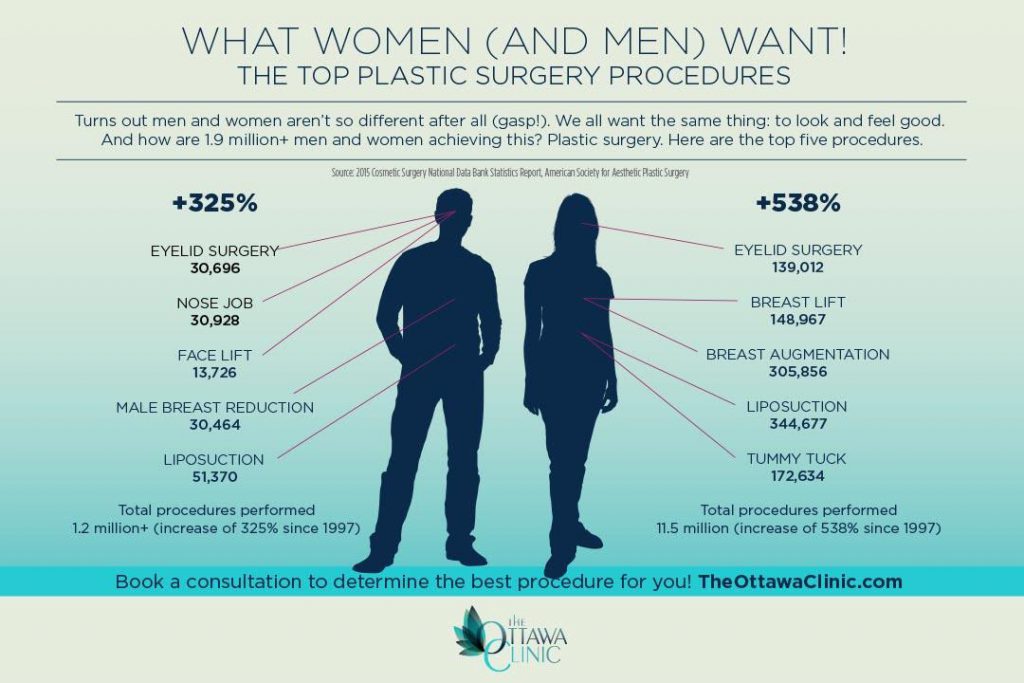Salicylic Acid For Acne Benefits
Salicylic Acid For Acne Benefits
Blog Article
Acne Therapy - What Are AHAs in Acne Therapy?
AHAs are an essential ingredient for unclogging pore obstructions and brightening acne-prone skin. They function by breaking down dead skin cell build-up to advertise newer, fresher cells, and preventing future blockages.
Formulating topical AHAs necessitates meticulous attention to various key factors that significantly impact their efficacy and tolerability. Maintaining the ideal pH range, in addition to automobile selection and focus, enhances their exfoliative attributes while minimizing prospective adverse responses.
Glycolic acid
Glycolic acid is known for its light yet efficient exfoliating residential or commercial properties, which promote skin's all-natural dropping and loosen up the "glue" that holds dead cells on the surface of the skin. This helps unblock pores and lessen the appearance of fine lines and wrinkles, as well as boost total skin structure and tone.
Interestingly, topical glycolic acid has additionally been revealed to promote the production of collagen, which is crucial in maintaining skin's suppleness and flexibility. It is very important to note, however, that since glycolic acid can promote the skin's level of sensitivity to sunshine, it is vital to wear sunscreen when utilizing any type of items having this active ingredient.
Skin doctors pay mindful focus to the formulation of products containing AHAs in order to optimize their efficacy and tolerability. Creating AHAs with the suitable vehicle, in addition to pH and concentration factors to consider, enables optimal skin infiltration while reducing potential unfavorable reactions. This is particularly critical for individuals with sensitive skin, given that AHAs are understood to be mildly annoying.
Lactic acid
Lactic acid is found in lots of non-prescription skin care products and some more powerful professional peels and therapies. It has the lowest molecular weight of all the AHAs and is able to pass through deeper into the skin, where it is a lot more reliable at unclogging pores and exfoliating.
Like glycolic acid, it also promotes collagen synthesis, which aids diminish fine lines and creases and boost skin texture. Furthermore, it has moisture-retention buildings, which makes it better for drier skin kinds than various other AHAs.
The extensive body of medical information corroborating the efficacy of topical AHAs sustains their utility in a vast array of dermatological ailments and aesthetic problems. These consist of intricate skin renewal treatments, attenuation of fine lines and wrinkles, lightening of hyperpigmentation, therapeutic intervention for actinic keratosis, and acne administration [2] Enhancing the solution of AHAs by balancing pH, concentration, and car choice better enhances their therapeutic capacity. These cautious considerations allow skin specialists to supply secure and effective treatments that offer exceptional scientific outcomes.
Mandelic acid
Mandelic acid, derived from almonds, is one more member of the AHA household and is a prominent component in products that aid deal with acne. Its bigger molecular dimension suggests it penetrates the skin more slowly and gently, which can reduce the potential for irritation. It's also less most likely to cause soreness and various other skin level of sensitivity problems, making it appropriate for sensitive skin types.
Mandelic Acid is thought to help reduce inflammation and boost hydration. It functions by loosening up the bonds in between dead skin cells, enabling them to drop and expose fresher-looking skin. It likewise helps reduce the appearance of bigger pores.
Creating topical items with AHAs calls for an exact equilibrium of crucial variables that dramatically impact their effectiveness and tolerability. Particularly, the pH of an AHA formulation has actually been shown to play a crucial role in its capacity to advertise exfoliation and boost complexion and texture. Attaining this ideal focus is a challenging goal and calls for botox before and after precise attention to the different variables that impact the formulation procedure.
Citric acid
Citric acid, located in citrus fruits such as oranges and lemons, is a mild AHA. It's less bothersome than glycolic or lactic acid, making it more suitable for sensitive skin. It additionally has astringent residential properties, helping to dry out excess oil.
Like various other AHAs, citric acid can be made use of in chemical peels and daily active/maintenance treatments to scrub the skin and advertise cell turnover. It can help reduce the look of dark places and hyperpigmentation, in addition to great face lines.
It can also enhance the synthesis of glycosaminoglycans, which play a crucial role in enhancing the skin barrier function. This aids to avert trans-epidermal water loss, and keep optimum hydration levels in the skin [35]
AHAs can be incorporated with calming active ingredients such as ceramides or hyaluronic acid to boost their tolerability. They can be integrated into everyday active/maintenance skin care via lotion or serum formulas. This permits experts to tailor their AHA treatments based on patient needs and choices, with the versatility of selecting from different treatment strengths or concentrations.